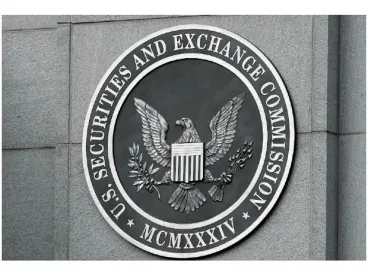On January 16, 2015, SEC Chair Mary Jo White issued a directive that the staff of the SEC review its position on Rule 14a-8(i)(9) of the Securities Exchange Act of 1934 (the “Exchange Act”). Concurrent with SEC Chair White’s directive, the Division of Corporation Finance announced that it will “express no views” on the application of Rule 14a-8(i)(9) for the current proxy season.
What is Rule 14a-8(i)(9)?
Rule 14a-8 of the Exchange Act addresses when a company must include a shareholder’s proposal in its proxy statement and identify the proposal in its form of proxy when the company holds an annual or special meeting of shareholders. Shareholders of public companies use Rule 14a-8 in order to recommend or implement policy changes at the company. Many such proposals address social issues or corporate governance concerns. Rule 14a-8(i)(9) of the Exchange Act permits the exclusion of a shareholder proposal that “directly conflicts” with a proposal by the company’s management submitted at the same shareholders’ meeting. A company’s submission to the SEC under this section must specify the points of conflict between the shareholder’s proposal and the company’s proposal.
What Are the Implications of this Directive?
This directive will affect shareholder proposals designed to enable company shareholders to use corporate proxy materials to nominate directors to the public company’s board (referred to as “proxy access” proposals). However, this directive is not limited to proxy access proposals and will impact any shareholder proposal put forth this proxy season.
How Long will it Take for this to Play Out?
As indicated in the directive, the SEC will not grant no action relief during this proxy season. Therefore, this matter appears likely to remain unsettled for some time.
What Should I Do Now?
The standard practice for companies wishing to exclude shareholder proposals that conflict with the company’s own proposals is to obtain no-action relief from the SEC. A no-action letter concerning a shareholder proposal reflects the view of the SEC’s Division of Corporation Finance concerning the issuer’s proposed exclusion of a shareholder proposal. The outcome of a no-action letter request is either a statement that the Division of Corporation finance will not recommend enforcement action based on exclusion of the proposal or a statement that the Division of Corporation Finance is unwilling to commit not to recommend enforcement action. While the Division of Corporation Finance does not have the ability to compel a company to include shareholder proposals in proxy materials, it has been customary for many years for issuers seeking to exclude shareholder proposals to obtain a no-action letter (or alternatively, a court order) to support exclusion.
Excluding a shareholder proposal this proxy season on the basis of Rule 14a-8(i)(9) will entail risks given the lack of availability of an SEC no-action letter. In addition to the possibility of SEC enforcement action, excluding a shareholder proposal entails risk of shareholder lawsuits, adverse reaction from proxy advisory services such as ISS and Glass Lewis, and negative publicity and potential loss of goodwill with shareholders. Those risks would seem magnified in the absence of the informal support from the Division of Corporation Finance in the form of a no-action letter. Until the SEC provides additional interpretive guidance, companies should carefully consult with their advisors with respect to any proposed exclusion of a shareholder proposal based on Rule 14a-8(i)(9).





 />i
/>i
